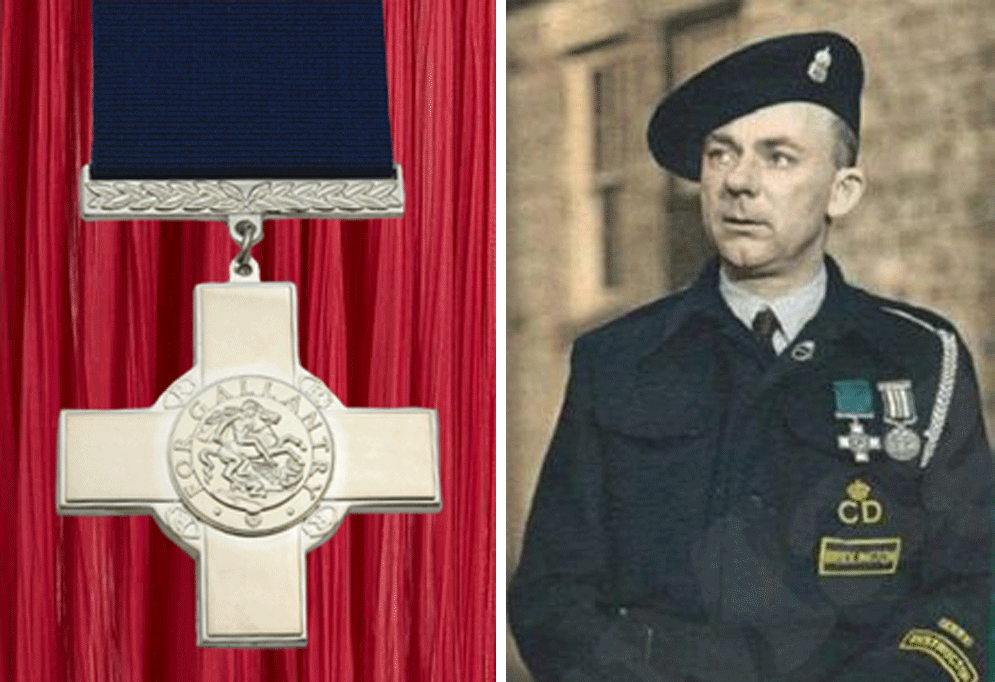1.9 million civilian Volunteers
Civil Defence, WWII, 1940-1949
During World War II, up to 1.9 million civilian men, women, and teens as young as 15, served as Civil Defence Volunteers in various capacities. They worked as air raid wardens, first aid workers, observer corps, firewatchers, messengers, in rescue efforts, in rest centres, and emergency feeding programmes. Acts of bravery by civilians, police, and fire were rewarded with a variety of awards and medals.
(The Civil Defence Association represents past and serving volunteers engaged in Civil Defence activities.)

It is our intention to follow the example of those brave Volunteers....
Our National Operational Aspirations
The areas for which the Corps is seeking to provide operational support for have a strong crossover of skills required, and the reason everyone starts as a generalist. These are National aspirations and will be relevant to the requirements of the areas units are based.
- Road closures and cordons: at non-crime scene incidents and public events.
- Medical Cover: from event First Aid cover to Trauma care and triage for mass casualty events. With the main First Aid voluntary organisations moving towards commercial models and providing front line cover on a daily basis, the aim is to underpin the need for a voluntary First Aid body to maintain the additional support to the professionals when needed.
- Urban Search and Rescue (USAR): Trained in USAR in order to recover and evacuate people and casualties from mass casualty events and emergencies – building and other area clearances. This will be in-line with the United Nations ‘International Search and Rescue Advisory Group (INSARAG)’, and will initially be at National level (Light Rescue) and then International (Medium Rescue), becoming qualified to be deployed to International incidents.
- Reception Stations and Evacuation Shelters: Providing an ‘all in one’ service for running Local Authority emergency shelters, in co-ordination with other voluntary organisations, to include:
- Reception Stations for receiving all displaced people following evacuation from an incident & processing through to appropriate shelters:
- Lost Children;
- Forward Medical Aid Unit;
- Pick-Up Zone;
- Overnight Shelters;
- Rest Centre;
- Pets Centre (Evacuees with Pets or lost pets).
- Forest Wildfires and other Countryside fires: supporting Fire Services in preventing and dealing with countryside and wildfires. The Corps could provide patrols during days defined as ‘High Risk of Fire Danger’, and Fast Response Teams to help contain the fires, which would also ensure the public is evacuated from the area. An addition would be to provide support to landowners for controlled burning (in support of the Environmental Agency, Forestry Commission, and other relevant organisations).
- Storm response: from evacuations to infrastructure clearance to help communities return to normal. Assisting with some structural damage, such as covering roofs safely, removing broken glass from windows and securing them to prevent intrusion and robbery, dealing with fallen trees and debris to ensure roads and paths are clear for movement.
- Flood response: from pumping out homes and diverting water, (the eventual aim is to be able to support the Environmental Agency in setting up temporary flood barriers) and to undertake emergency salvage operations.
- Flood area evacuations: including Reception Stations with evacuee and casualty registration, with onward movements to other appropriate stations, such as displaced children, Forward Medical Aid Unit, Rest Centre, and pickup station for people waiting for family or friends to pick them up. (N.B.: Swift water rescues could be possible, but is a specialism heavily focused on by other organisations).
- Snow Rescue: Undertaking the evacuation of travellers stuck in harsh conditions on either trains, motorways, country roads, or people caught in remote areas.
Working with Heritage Organisations: Working with Heritage England, the National Trust, English Heritage, and others, to provide recovery teams in the event of floods or fires to recover historical artefacts and furnishings.
